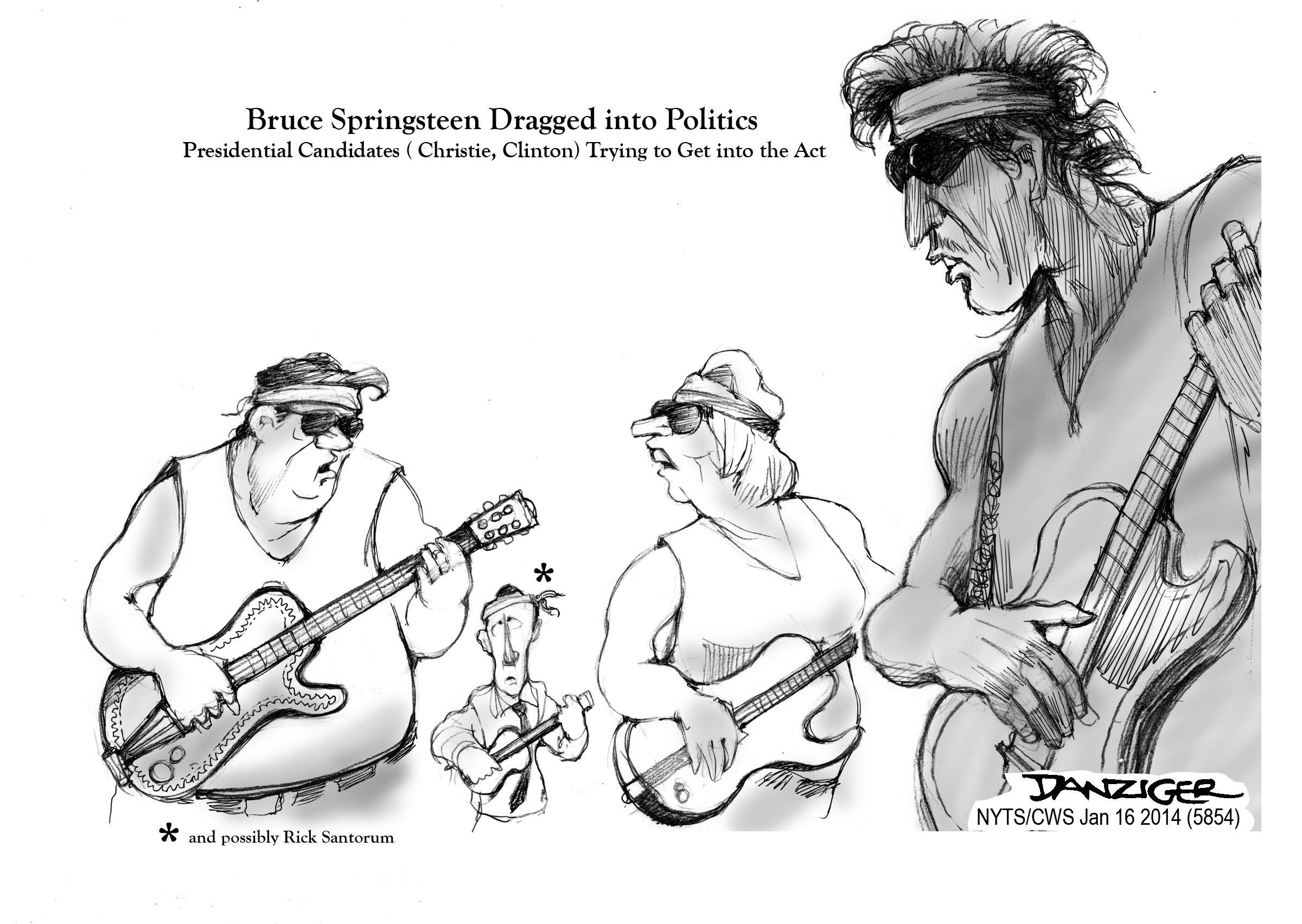Hard choices for journalists covering Ferguson
The police shooting of a teenager in Ferguson, Mo. and the looting that followed are presenting hard decisions for journalists covering this small suburban town that never expected to be an international dateline.
How should the media cover this explosive story of race, rioting and alleged police brutality that unfolds in a sea of angry demonstrators and a Twittersphere of information and disinformation?
Here are some of the issues:
How should the story be framed? Is it more accurate to frame the story as the police shooting of an unarmed teenager ready for college or the shooting of a teen who pushed an officer into his squad car and wrestled with him for his service revolver? The first is the emphasis of many media reports and suggests the shooting was unjustified. The second is the gist of the police account, which could provide some justification to the shooting. The truth may be somewhere in the middle.
How can the media cover the story without inflaming it? The three St. Louis TV stations – KMOV, KSDK and Fox2 News – covered the looting Sunday night until midnight and in some cases beyond. Channel 2 ran with the story until after 1 a.m. with compelling video of sporting goods and tire stores being looted. But in some live shots of crowds, demonstrators appear to be play-acting for the cameras.
What Tweets are publishable and who is a journalist? Kelsey Proud of St. Louis Public Radio brought together reports from the newsroom and “reliable” community sources in a live update of social media. Kristen Hare did much the same on the Poynter as did other media outlets. But a large number of citizen posts were angry, profane rants that were unpublishable – except on Twitter.
One prominent source of information was St. Louis Alderman Antonio French. French is a politician, not a reporter, even though he wrote a popular blog. French, who has a strong point of view on the shooting, seemed to be everywhere Sunday and so were his Tweets.
How does a newsroom keep its people safe while still covering the story? David Carson, a Post-Dispatch photographer, took a memorable shot of a man leaping from the looted QuikTrip store with bottles of wine in his hands. But after taking a photo of the store on fire, Carson heard someone say, “Get him. Kick his ass.” Carson ran but before he got to police lines someone hit him on the back of the head. Fortunately he was wearing a helmet and wasn’t seriously hurt.
TV news crews reported they had withdrawn from the scene for their safety, sometimes at the insistence of police. But citizens complained on Twitter that the police were trying to cover up the story by keeping the press away.
How does race play into the story? Brown was an African-American who had just graduated from a mostly black high school. The mayor and police chief of this suburban community are both white even though a majority of the population is black. It also appeared that a majority of the officers arresting the looters were white.
The outgoing County Executive, Charlie Dooley, is African-American, but protesters didn’t want to hear his pleas for calm and patience. Nor did Dooley’s long tenure at the head of St. Louis County government lessen protesters’ sense of disenfranchisement.
What is the larger context of the story? Is this a story about institutional and community failure in St. Louis, a city that never squarely confronted race and where many public schools are inadequate? Or did looters use long-standing racial estrangement as an excuse to steal expensive clothes and tires?
Brown had just graduated from Normandy High School, a school that has been in the news for more than a year because it had been unaccredited and many of its students were bussed to neighboring suburban districts
Charles Jaco, the longtime TV reporter and talk show host in St. Louis tweeted: “Some Tweeps tonight-race & class in StL has been a slow-burning fuse for decades. And maybe only violence gets attention.” Aisha Sultan, in her Post-Dispatch column Monday likened the scenes of police dogs in Ferguson to 1965 civil rights protests and to the riot in Watts 50 years ago. Sultan wrote “it’s hard to explain race relations within the St. Louis metro area to those who have never lived here,” noting that St. Louis is the sixth most segregated city in the country and that many police-youth confrontations in north St. Louis County are white police officers locking up black youths.
Yet, the raw, rambling, vengeful “justification” that DeAndre Smith delivered for the looting of a QuikTrip may best capture what looters were actually thinking. Gesturing to the burned out store he told the Post-Dispatch’s Kim Bell, “This is exactly what is supposed to happen when an injustice is happening in a community. When you have kids getting killed for nothing….He ain’t got no gun in his hands, why did you kill him.” Smith added that St. Louisans “just got a taste of what fighting back means.”
What sounds as a lame excuse for lawlessness, most likely seems like truth to Smith. And that is one of the reasons it is so hard for the media to find the truth in a town that didn’t expect to host a reporter from Al Jazeera.
St. Louis Public Radio’s live updates:
http://news.stlpublicradio.org/post/live-updates-community-responds-fatal-shooting-ferguson
Kristen Hare’s list of media posts on Poynter
Jaco tweet:
https://twitter.com/charlesjaco1/status/498719406331944961
Sultan column
Kim Bell interview with Smith

